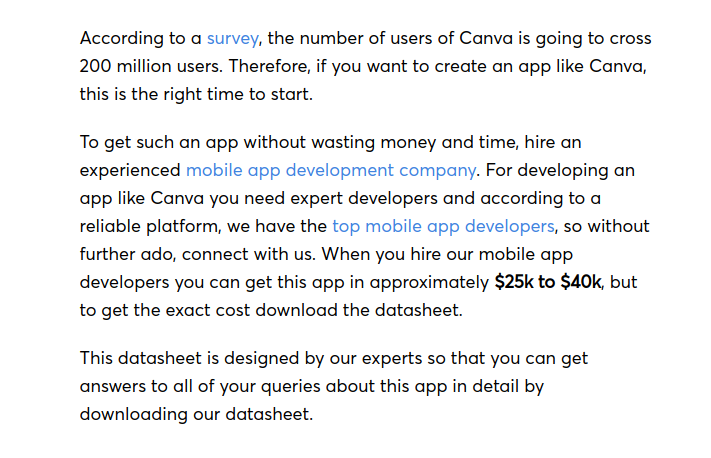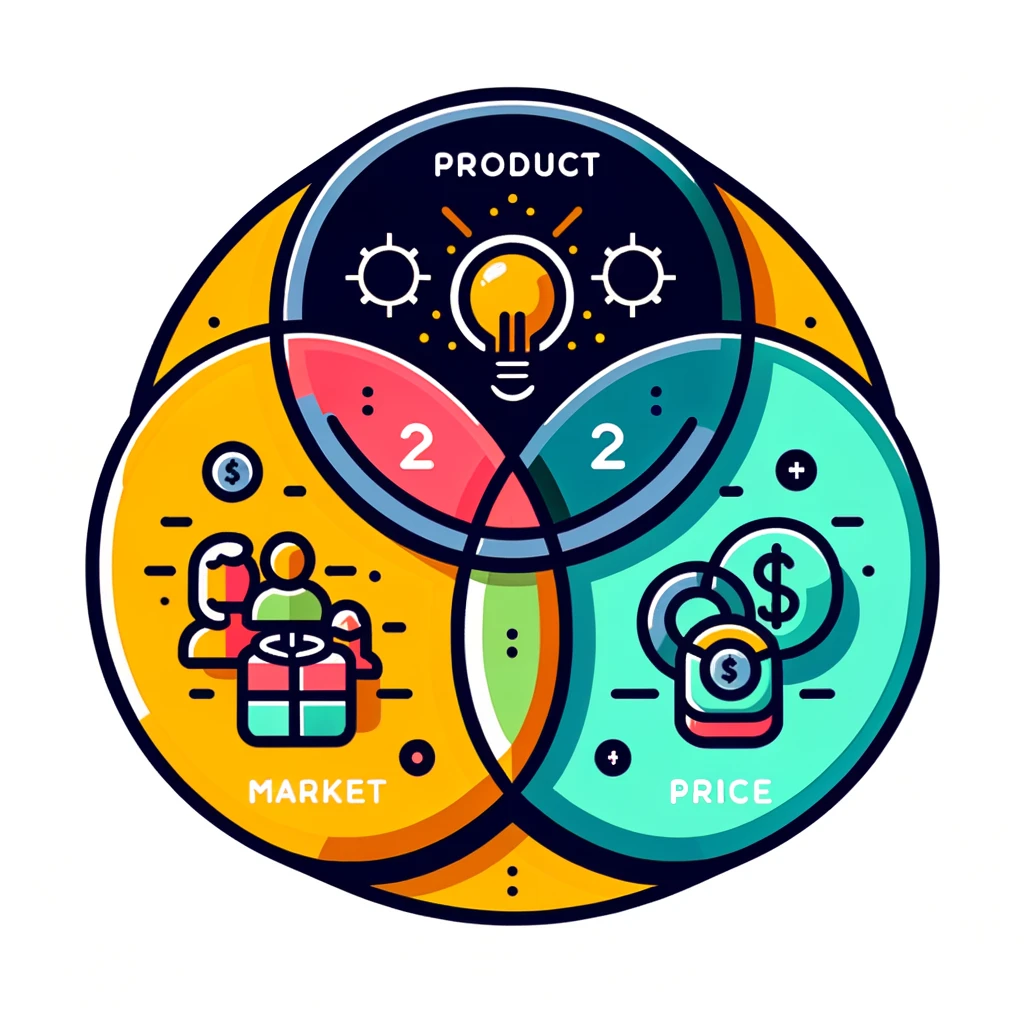The costs of developing a SaaS vary based on the complexity of business logic, tech stack preferences, platforms, and 3rd party integrations. They also vary based on who you ask to estimate these costs.
In this guide, we won’t be selling anything to you. Here, we’ll talk like we talk to our friends and explain all the critical details no software vendor is telling you.
Types of SaaS costs
You’re mistaken if your idea of creating a SaaS is a one-time development effort. Whoever is selling you that story is not an honest player.
You won’t be able to create a successful SaaS business if you aim for 1-shot application development.

Depending on where you’re with your SaaS journey, different rules apply.
Cost based on the maturity of your business
You may ask how different rules apply to the same business idea.
That’s a fair question. Take the example of the UpWork application and the idea of Work Marketplace. Someone with just an idea has no clue what it takes to run such a platform.
What are the processes in the backend, how many sub portals does it have, how many mobile applications, and what is the size of the entire ecosystem? What about the pace of the innovation in UpWork? How often do they send updates, and how often do they pivot?
Because of this, we need to differentiate clients based on how much they have advanced in their SaaS journey.
Basic distinction:
- You have an idea only
- You found product-market fit
- You have existing customers, early-stage
- Your SaaS has many paid users, making big profits
You have an idea only
This is a starting point; your SaaS can go in a thousand directions. Devoting considerable sums of money to SaaS development at this stage is not a good investment.
You should be researching your market and trying to find product-market fit and potential users. You’ll learn more about their problems and how they deal with them by talking to them. You’ll understand if you have a chance with your idea.

If your idea can not be tested without an actual product, try to write a minimum set of features for your MVP. Create job posts on Reddit, UpWork, and Fiverr and try to understand the market. What are their offers? Are they good? Are they telling you a whole story that we’re mentioning here?
Depending on the complexity of MVP logic for 1st version, don’t spend over $5.000.
You found product-market fit
At this stage, you know who your customers are, how to approach them, and what they need. Possibly, you already have paid users or users who bought your pre-launch offer.
Now it’s time to overdeliver to them.
You have existing customers, early-stage
This means you already have a system in place. You may be searching for a new robust system, bug fixes, or someone to improve your software.
At this stage, estimates are getting more complicated since they depend on what you have already in place at your SaaS. The software stack and quality of existing software will dictate estimates.
Your SaaS has many paid users, making big profits
You made it. Congrats!
You have 10 software stacks in the backend, frontend, back office, sales, and marketing, and now you’re searching for a new software development company.
You have procedures in place, compliance, proper testing, ISO standards, and everything other serious companies have.
Introducing a new vendor into your system is a serious effort.
Hot take from this section – SaaS stage
As you progress into the SaaS journey, your systems get more robust and complicated. You require more development resources and more technical teams to cover everything.
Introducing a new feature into some UpWork clone from last week could cost them $50. But on the original UpWork, that feature costs half a million dollars.
These players are playing on different levels.
When you are early, you should focus on finding customers and proving your case. Software comes second. Your main task is to succeed in the product-market fit race without going bankrupt or “bleeding”.
Cost based on a tech stack used
Certain technologies like PHP and JavaScript have a vast pool of developers, so hiring for these roles is easier. As soon as you go a bit more specific into, let’s say, Node.js, which is a backend framework written in JavaScript, your pool is shrinking.
This also applies to other platforms like mobile. Becoming an iOS or Android native developer has a huge learning curve, so talent is always lacking. Since the learning curve is a bit smaller, you’ll have an easier job if you try to find Ionic or Flutter developers.
We won’t even mention Python frameworks, Web3 projects, or AI projects. Demand for professionals with these skills is booming.
Depending on the tech stack used and the complexity of the business, your SaaS development costs can vary between $5K and $200K.
SaaS is a marathon
If you spend all your money and energy on the first version of your software you won’t make much of a success.
You need to build in iterations.
Every milestone of your development should prove a certain point. You need quantifiable metrics and feedback on which you’ll base your decisions.
Your system needs to be adaptable and easy to modify. If every change requires 5 engineers, you’re screwed.
Since you plan to work seriously on your SaaS, let’s review potential risks when hiring a dev team or a freelancer.
Vendor lock-in
Many software development companies will try to implement their own “licensed software” inside your SaaS and later sell you a yearly license. Initially, their offer may be lower, but they play the long game.
At first, this could be completely invisible or hidden in project dependencies. You need someone experienced who you believe to go over the code and validate everything.
Too specific and rare technologies
The talent pool is always an essential factor in this business. If you go for the latest and the shinest new framework, it may cease to exist 1 year from now. How will you find a new team to support you? What will be the cost when you have no counter offers?
Overengineering
There are cases where, for simple web applications, agencies split frontend, backend, and API into 3 different stacks, with some fancy AWS technologies in the middle. Their only goal was to charge you for 10 seats and 40 hours per week for each. No one told you your SaaS could be developed in 4 weeks with 1 developer.
